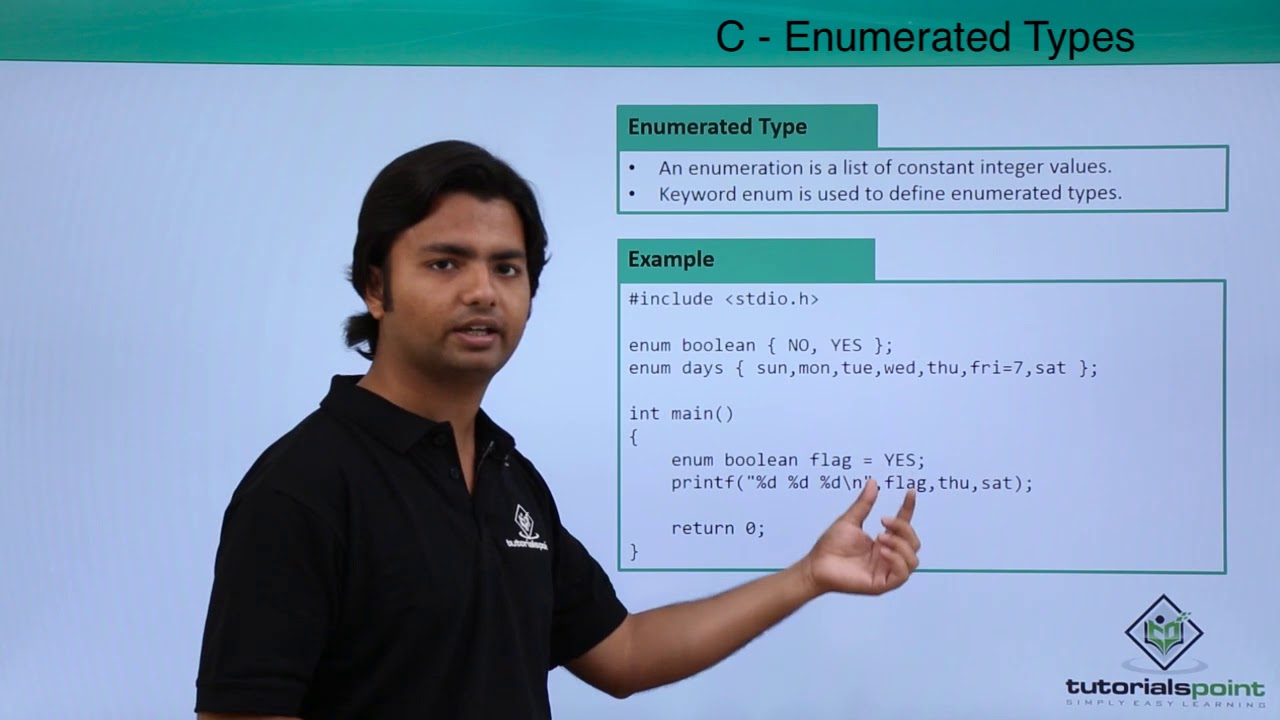what is the meaning of enumarated data types and when to use it
In reply to Shivansh Bhardwaj:
In reply to Shivansh Bhardwaj:
See 1800’2017 6.19 Enumerations
The bottom line: It make the code mode readable. For example:
typedef enum {NOP, ADD, SUB, MULT, JMP, MOV, READ, WRITE, IDLE} instr_e;
typedef enum {FETCH, DECODE, EXECUTE} mode_e;
typedef enum {PC, IR1, IR2, REGA, REGB, MAR, REG_FILE, STK} resource_e;
instr_e instr;
if(instr==READ) ...
// You can assign values to these elements
// The values can be cast to integer types and increment from an initial value of 0. This can be overridden.
enum {bronze=3, silver, gold} medal; // silver=4, gold=5
Ben Cohen
http://www.systemverilog.us/ ben@systemverilog.us
For training, consulting, services: contact http://cvcblr.com/home.html
** SVA Handbook 4th Edition, 2016 ISBN 978-1518681448
…
- SVA Package: Dynamic and range delays and repeats SVA: Package for dynamic and range delays and repeats | Verification Academy
- Free books: Component Design by Example FREE BOOK: Component Design by Example … A Step-by-Step Process Using VHDL with UART as Vehicle | Verification Academy
Real Chip Design and Verification Using Verilog and VHDL($3) Amazon.com - Papers:
- Understanding the SVA Engine,
Verification Horizons - July 2020 | Verification Academy - SVA Alternative for Complex Assertions
Verification Horizons - March 2018 Issue | Verification Academy - SVA in a UVM Class-based Environment
SVA in a UVM Class-based Environment | Verification Horizons | Verification Academy
In reply to Shivansh Bhardwaj:
typedef enum{OKAY,BUSY,SPLIT,RETRY}resp_e
To indicate the different responses of protocols Ex:AHB
